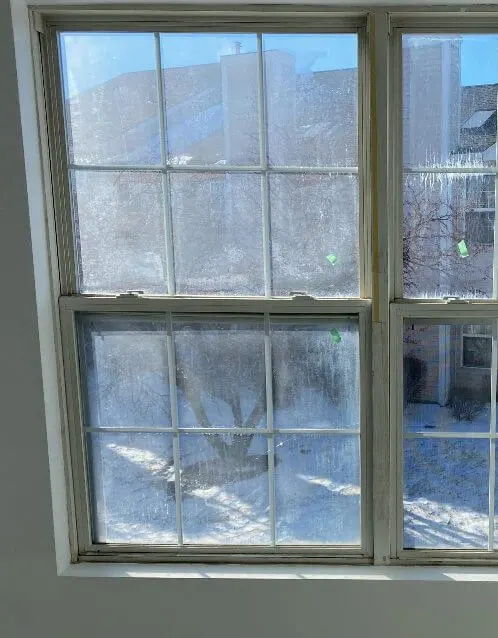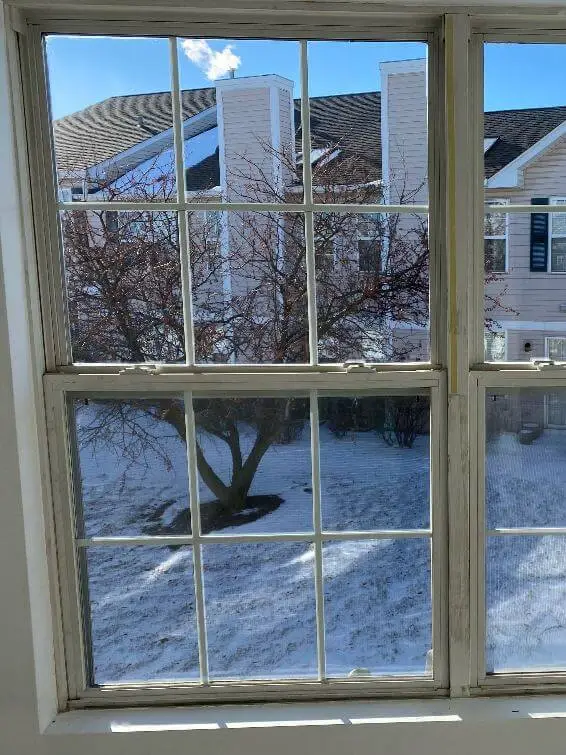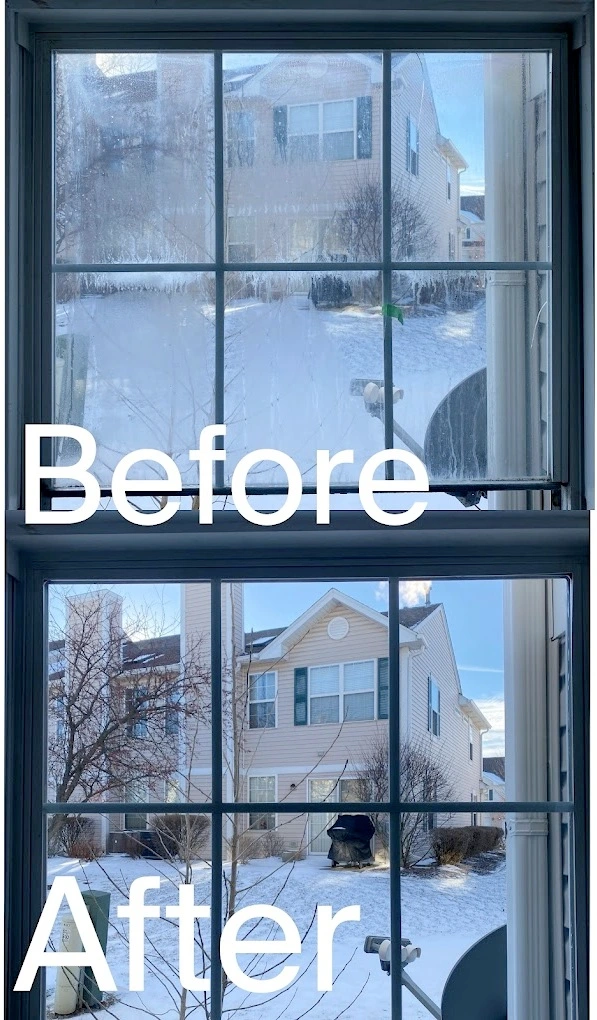A Comprehensive Guide: How to Fix Foggy Windows
Fix Foggy Windows Near You
Fix Foggy Windows: Common Causes, Repair Options, FAQ.
Table of Contents


What to consider when looking to fix foggy windows
Causes of Foggy Windows
Failed Window Seals
One of the main causes of foggy windows is the breakdown of the window seals. Seals might fail due to several factors, including:
- Exposure to water:
The window seals are vulnerable to damage when there’s too much water buildup near your windows, especially after a flood or heavy rainstorm. - Exposure to excess heat:
Warm air expands and could stretch your seals. This issue is particularly evident when windows are exposed to direct sunlight for extended periods. - Aging:
Older windows are more prone to seal deterioration. Over time, the strain of opening and closing windows can cause wear and tear. - Fluctuations in temperature and humidity:
Fluctuations in temperature and humidity can cause the seals to expand and contract, which can weaken them and eventually lead to failure. This is particularly common in regions with extreme weather conditions.
Condensation
Moisture Buildup
Moisture buildup can occur due to leaks, gaps, or improper drainage in the window system. Excessive moisture between the window panes leads to foggy windows.
Environmental Factors
Certain environmental factors, such as high humidity levels or rapid temperature fluctuations, can increase the chances of fog developing on windows.Let’s sum it up. To fix foggy windows, one must address the primary culprit: failed window seals. These seals can deteriorate due to various factors, including water exposure from heavy rain, excess heat from prolonged sun exposure, the natural aging of older windows, and temperature fluctuations that stress the seals. Another reason to defog windows is condensation, which occurs when warm, moist air meets cooler surfaces, exacerbated by poor ventilation or high humidity.
Additionally, moisture buildup from leaks or gaps in the window system contributes to the problem, making it vital to fix foggy windows promptly. Environmental factors like high humidity and sudden temperature changes can further increase the likelihood of window fogging, reinforcing the need to consider these elements.
How to Fix Foggy Windows
- Replace the Window Sashes
The simplest method to fix foggy windows is to replace the window sash, which includes the Insulated Glass Unit (IGU) and its surrounding frame. By doing this, you’ll obtain a new, undamaged IGU that effectively prevents fogging. - Replace the Windows
One way to fix foggy windows in older structures is to replace the windows entirely. Replacement windows tend to be more energy-efficient, and there could be rebates offered for upgrading from older, less efficient models. - Replace the IGUs
You could choose to fix foggy windows by swapping the old IGU for a new one, which will restore the window’s energy efficiency while preserving the existing sash frame. However, this process is more complex than simply replacing the sash, so it’s often best to have a professional window company handle the job. - Defog the Windows
The last resort is defogging, a method that restores their original clarity. However, the success of this process in fixing foggy windows relies on the underlying cause of the condensation and the overall condition of the window; in cases involving broken seals or structural issues, it’s advisable to seek help from a professional window repair expert.
- Replace the Window Sashes

How to Fix Double-Pane Foggy Windows
- Identify the Condensation
Confirm that the fog is between the panes by looking for any visible moisture or dirt. - Remove the Window
Carefully remove the window from its frame using appropriate tools (like a screwdriver or pry bar). - Drill Small Holes
Drill a few small holes (about 1/8 inch) in the bottom and top of the window seal to allow moisture to escape. - Dehumidify
Use a dehumidifier or place silica gel packets inside the frame to absorb moisture; leave for a few hours or overnight. - Seal the Holes
After drying, seal the holes with clear epoxy or silicone sealant to prevent future moisture ingress. - Reinstall the Window
Place the window back into its frame and ensure it’s properly secured.
For a permanent solution, consider replacing the entire insulated glass unit. Always consult a professional for complex repairs.
FAQs
- What causes foggy windows?
Foggy windows are often caused by condensation forming on the interior or between the glass panes. This can result from high indoor humidity, a broken window seal, or extreme temperature differentials. - How do I know if the fog is inside the glass or on the surface?
If the fog is inside the glass panes, it’s likely due to a broken seal. If it’s on the interior surface, it may be related to indoor humidity levels or temperature differentials. - Can window defogging be a DIY project?
DIY methods can provide temporary relief, but for a more permanent and effective solution, professional defogging services are often recommended, especially if the fog is between the glass panes. - What are the long-term solutions for window defogging?
Long-term solutions may involve repairing or replacing broken seals, improving home ventilation to reduce indoor humidity, or hiring a professional defogging service to address moisture between the glass panes. - Is it possible to prevent window fogging in the future?
Preventive measures include maintaining proper indoor humidity levels, addressing sources of excessive moisture in the home, routinely inspecting and maintaining window seals, and ensuring adequate ventilation. - Can foggy windows be a sign of a more serious issue?
Yes, foggy windows can sometimes indicate a more serious problem such as a broken seal or structural issues with the window. It’s important to address these issues to prevent further damage. Try to fix foggy window as soon as possible. - When is it time to consider window replacement instead of defogging?
If the window seals are irreparably damaged or if the fogging is due to structural issues, replacement may be the most effective long-term solution.



